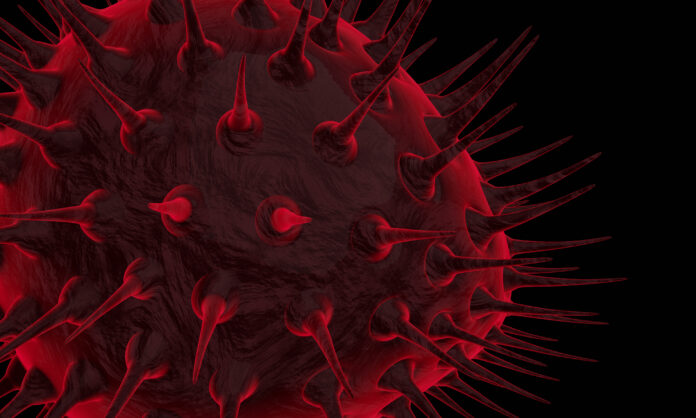A recent study published in Nature Communications has highlighted the potential pandemic risk posed by Influenza A viruses (IAVs) in swine, focusing particularly on the α-H1N2 virus. The high genetic diversity of these viruses and the lack of population-level immunity make them a significant threat to human health.
IAVs have the capability to evolve traits that facilitate their persistent transmission to new species. While wild aquatic birds are the primary natural reservoirs, pigs serve as critical hosts and mixing vessels for these viruses, posing a threat of future pandemics. Key viral components like neuraminidase (NA) and hemagglutinin (HA), which evolve due to antigenic drift, are crucial in determining the virus’s transmissibility, infectivity, host specificity, and pathogenicity.
Three IAV subtypes are endemic in swine: swH1N1, swH1N2, and swH3N2. In the U.S., human infections have been primarily linked to 18 H1N1, 35 H1N2, and 439 H3N2 cases. Recent swine IAVs have shown reassortment between swine, avian, and human-origin viruses, with antigenic drift potentially leading to novel viruses against which humans have no immunity.
The study developed a decision tree to evaluate the pandemic risk of endemic swine IAVs, utilizing extensive research conducted since the 2009 H1N1 pandemic. Two specific strains were assessed: the α-H1 (1A.1.1.3) clade strain A/swine/Texas/A02245420/2020 (α-swH1N2) and the γ-H1 (1A.3.3.3) clade strain A/swine/Minnesota/A02245409/2020 (γ-swH1N1). These strains were selected based on factors such as geographical distribution, detection frequency, interspecies transmission, and loss of cross-reactivity with human vaccines.
The α-swH1N2 strain was found to have a significant antigenic distance from human vaccine strains, resulting in differential transmission and lower recognition by human sera. This indicates that initial seasonal virus infection does not generate immunity against this strain. Despite this, variable levels of anti-N2 antibodies in human sera suggest some level of NA-based immunity in certain sub-populations.
CD8+ T-cells, which recognize conserved influenza virus proteins, can offer protection against emerging strains. These cells have been shown to provide rapid recovery and efficient virus clearance. Infected ferrets with prior immunity to H1N1pdm09 rapidly eliminated α-swH1N2, showing reduced virus shedding time and milder symptoms.
As reported by News Medical Life Sciences, H1N1pdm09 still spread with an efficiency of 50%, posing a pandemic risk due to undetected transmission in immune animals. The study concludes that the α-swH1N2 strain poses a higher pandemic risk than the γ-swH1N1 strain, highlighting the need for enhanced surveillance and vaccination campaigns to protect swine and reduce viral circulation.
























